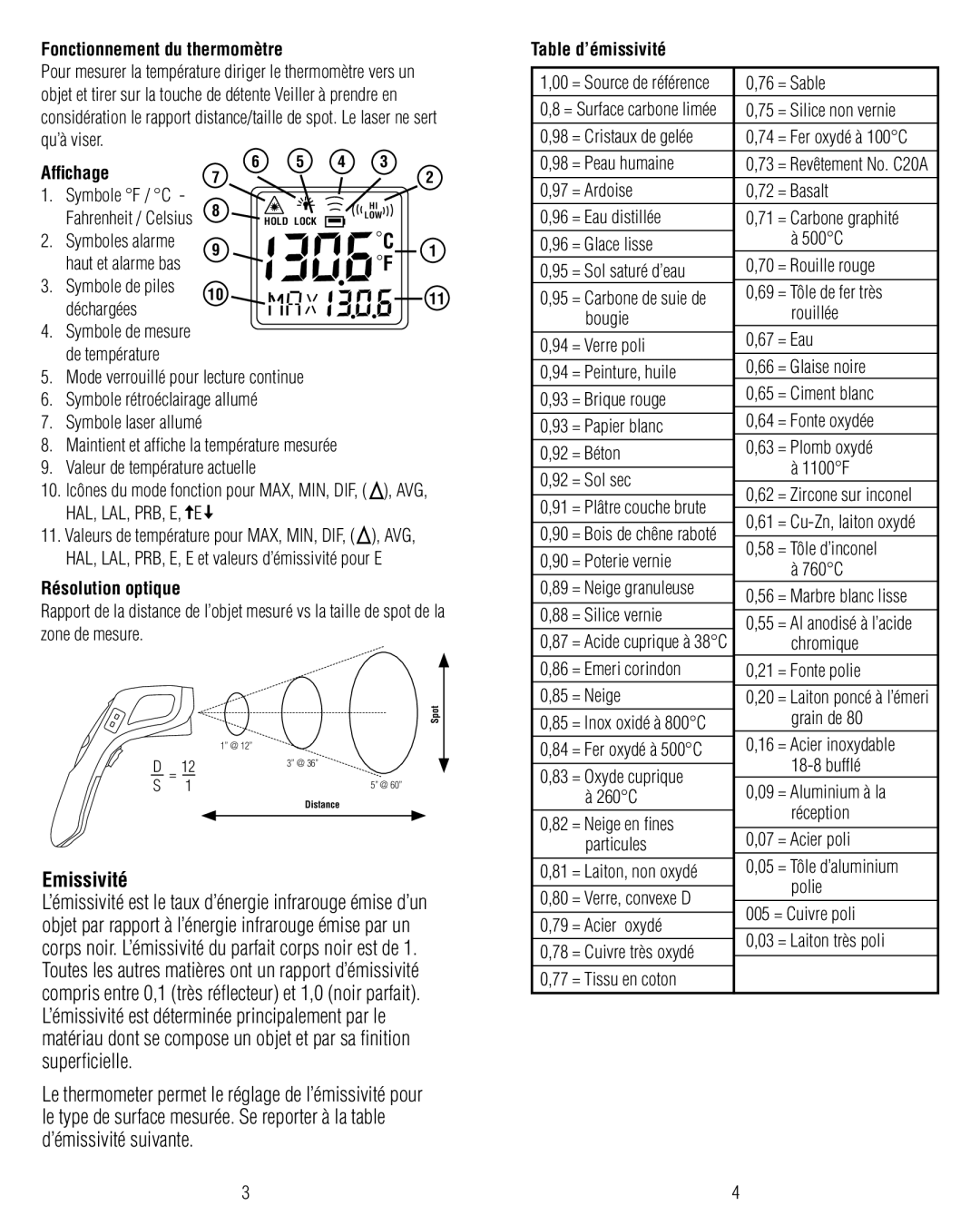61-685 specifications
IDEAL INDUSTRIES 61-685 is a versatile and efficient tool designed for professionals who require precision and reliability in their work. This multi-functional device is particularly favored in the electrical and telecommunications sectors, where maintaining high-performance standards is essential.One of the standout features of the IDEAL 61-685 is its integrated digital multimeter. This advanced technology allows for accurate measurements of voltage, current, and resistance, making it invaluable for troubleshooting electrical systems. The meter is easy to read, providing clear and precise results on a large display, which enhances usability in various lighting conditions.
In addition to the multimeter, the 61-685 incorporates a tone generator and probe function. This capability is crucial for tracing wires and identifying cable breaks or faults, ensuring that technicians can quickly diagnose and resolve issues without unnecessary downtime. The tone generator can activate a distinctive signal that can be detected over long distances, greatly facilitating the task of locating wires within a complex network.
Another notable characteristic is its robust construction. The IDEAL 61-685 is designed to withstand the rigors of daily use in harsh environments, featuring a durable outer casing that is both impact-resistant and water-resistant. This durability ensures that the device can endure drops, spills, and other potentially damaging scenarios, providing peace of mind to users who work in challenging conditions.
The IDEAL 61-685 also emphasizes user-friendliness with ergonomic design elements that make it easy to handle and operate. Its intuitive interface allows for quick navigation through various functions and settings, which is essential when making prompt measurements or assessments in fast-paced environments. Furthermore, the device is equipped with auto-ranging capabilities, automatically adjusting to the required measurement range for enhanced efficiency.
Overall, the IDEAL INDUSTRIES 61-685 represents a perfect blend of precision, durability, and ease of use. Its comprehensive suite of tools, including a digital multimeter and tone generator, makes it a critical ally for electrical professionals. Whether on a job site or in a workshop, the 61-685 stands out as an essential device for achieving reliable performance in electrical testing and troubleshooting.

